Trinity College
The Department of Computer Science at the Trinity College Dublin (TCD) in Ireland intensively used the Series 32000 in the 1980's. A lot of hardware and software items of this time can be found at The John Gabriel Byrne Computer Science Collection. Documents and photos of the content of this impressive collection can be found at https://treasures.scss.tcd.ie.
All photos with the label www.scss.tcd.ie are part of the collection and shown here with the permission of the owners.
NS16032 MiniDSK16 File Processor
This system was the second NS16032 system built in the Department of Computer Science, TCD. It was part of a general exploration of virtualisation of various common functions such as file handling and graphics.
The MiniDSK16 File Processor consisted of a processor board mounted above a Shugart SA460 floppy drive. A custom proto-Unix filesystem, called DSK16, was implemented as firmware. A document is available with more photos at the SCSS Treasures Catalog. Use the link TCD-SCSS-T.20150416.002.pdf to open the document.
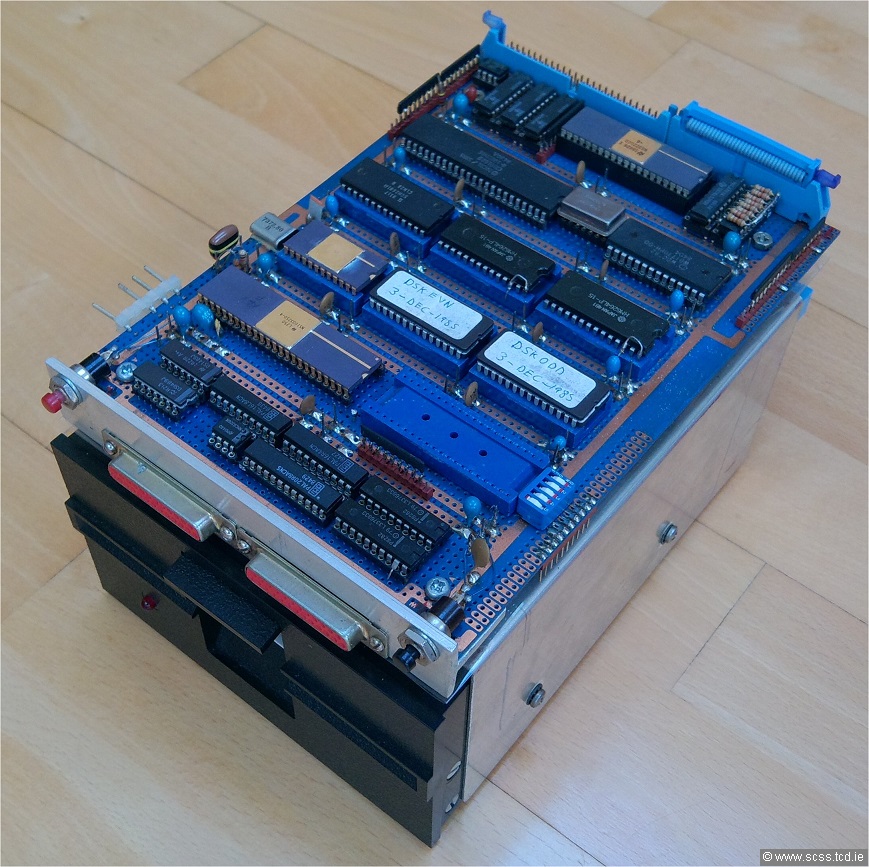
Fig. 1. The NS16032 MiniDSK16 File Processor with the Shugart SA460 Floppy Disk Drive.
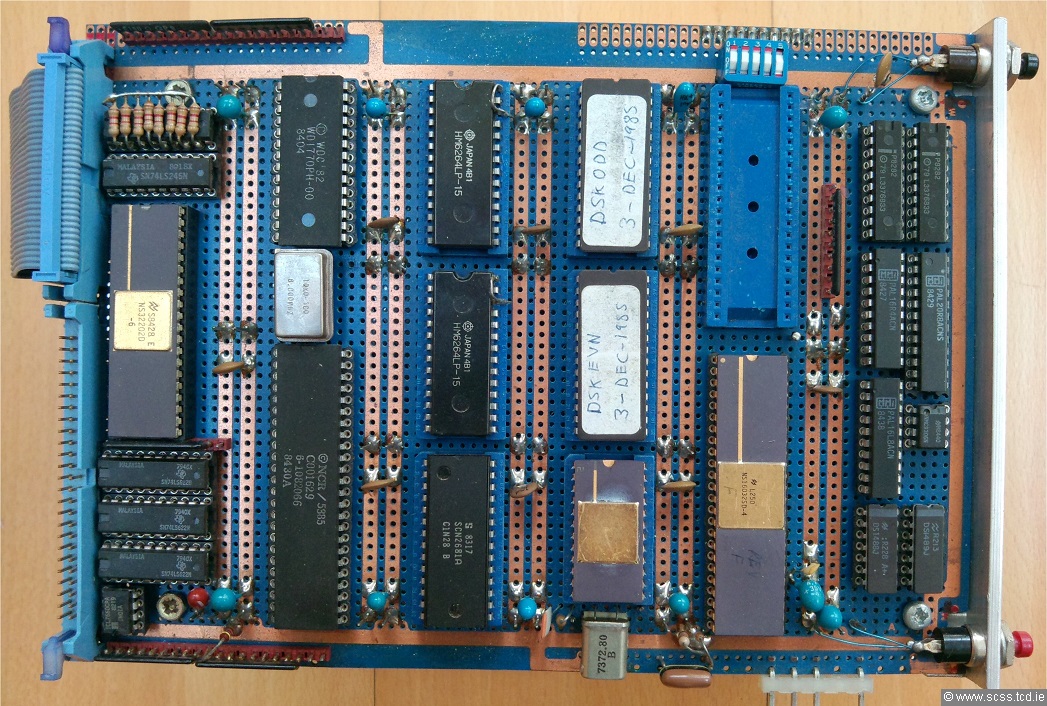
Fig. 2. The board of the NS16032 MiniDSK16 File Processor contains a complete computer.
The small computer in Figure 2 is running at 3.6864 MHz. This was the reference clock for all UARTs serving the RS232 serial interface. The 24-pin ceramic DIL package with no marking is the NS16201 TCU. The TCU is built in bipolar technology and gets very hot in operation. Probably Trinity College used a heatsink with an aggresive thermal grease which erased the marking of the device.
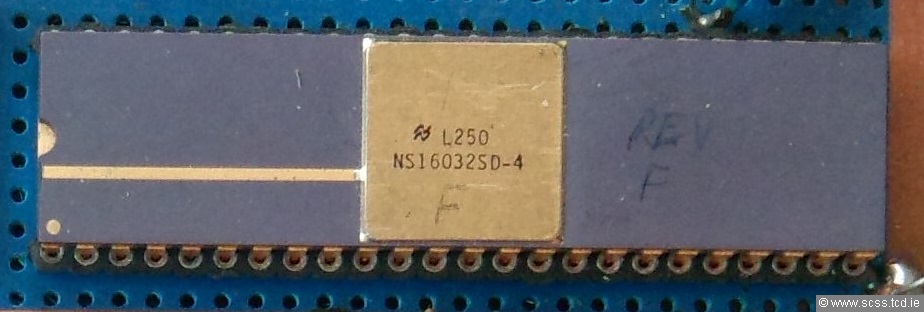
Fig. 3. The slowest NS16000 processor ever: the -4 speed grade running only at up to 4 MHz clock frequency.
The NS16032 CPU in Figure 3 is an "S" version. Some timing parameters were out of specification of the standard version. But to be able to sell these devices too National Semiconductor introduced the "S" version. Maybe "S" means "special" or "slow". Later the quality of the design and the production improves and the "S" version disappeared. Somebody got the information that this device is design revision "F" and wrote it on the package. I doubt that someone from National Semiconductor did it. Maybe Trinity College had different devices and the software was written for a specific design step.
Trinity Workstation
The Trinity Workstation (TWS) was the first Irish-designed Unix system, designed by a team of the Department of Computer Science of the Trinity College Dublin. The team choosed the NS32332 CPU as the central processor. A short description with many interesting photos is available at the SCSS Treasures Catalog. Use the link TCD-SCSS-T.20121208.066.pdf to open the document.
The TWS ran GENIX, National Semiconductor's port of Berkeley Unix 4.2BSD. The Department got the sources and modified them to run on their hardware.
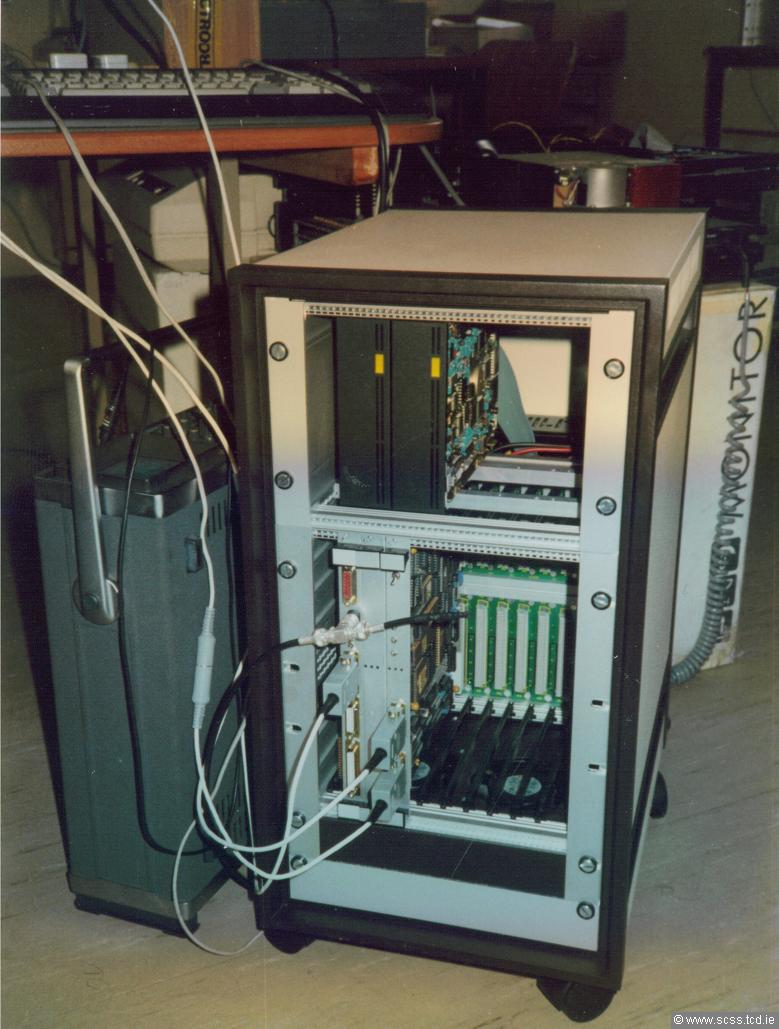
Fig. 4. The Trinity Workstation being tested in the lab.
The TWS contains a minimum of three boards: the CPU board, the memory board and the I/O board. The VMEbus is used for extensibility.

Fig. 5. The final CPU board of the Trinity Workstation.
Obviously the design does not use the NS32382 MMU. To run Unix an MMU is required. Therefore I guess that one of the 48-pin devices is the MMU (IC2 or the device above IC2 in Figure 5). The other device could be the NS32203 DMAC. Unfortunately the marking of the devices is not readable. Maybe the owner of the TWS finds the time to answer this question.
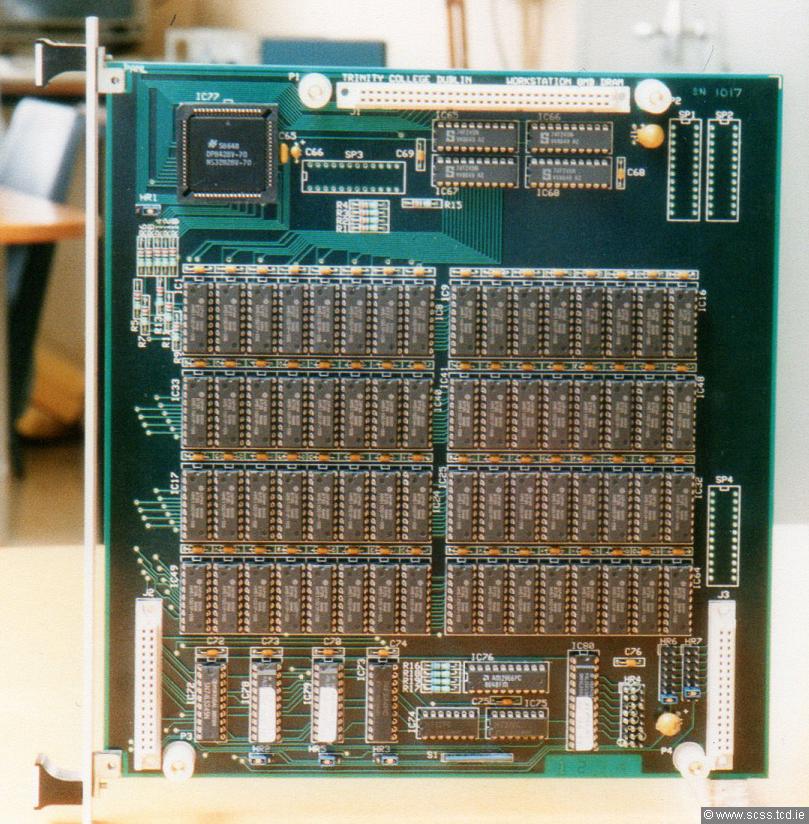
Fig. 6. The final memory board of the Trinity Workstation.
The memory board has 8 MBytes of DRAM build with 1-Mbit devices. It has only a direct connection to the CPU board. Even the power is not delivered over a VMEbus connector. The large connector on the top edge and the two smaller connectors at the lower left and right edges matches the connectors on the CPU board. It looks like the connectors have long pins on the solder side to fit into the connectors of the next board. The I/O board uses the same connection schema.
Next chapter: Udo